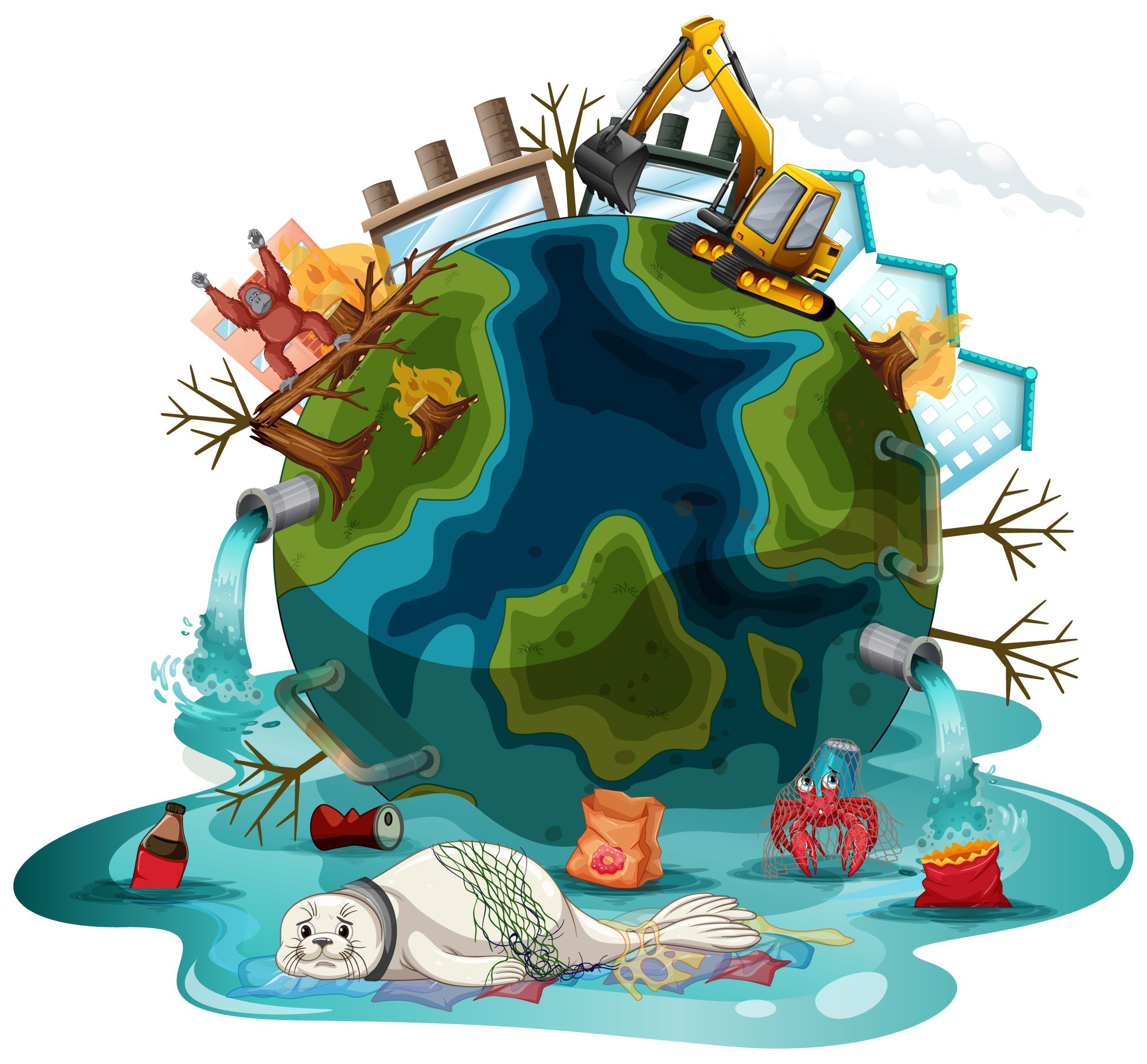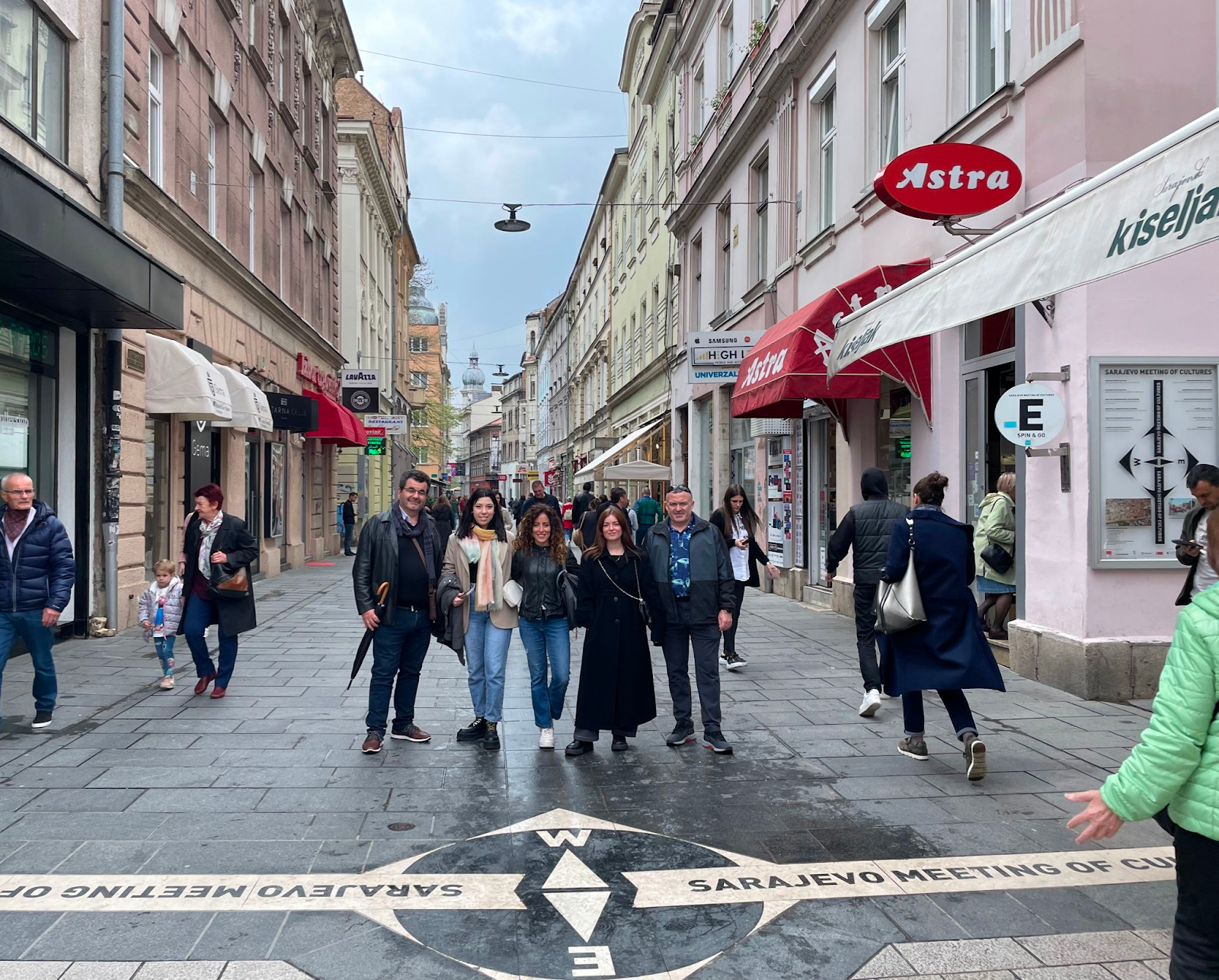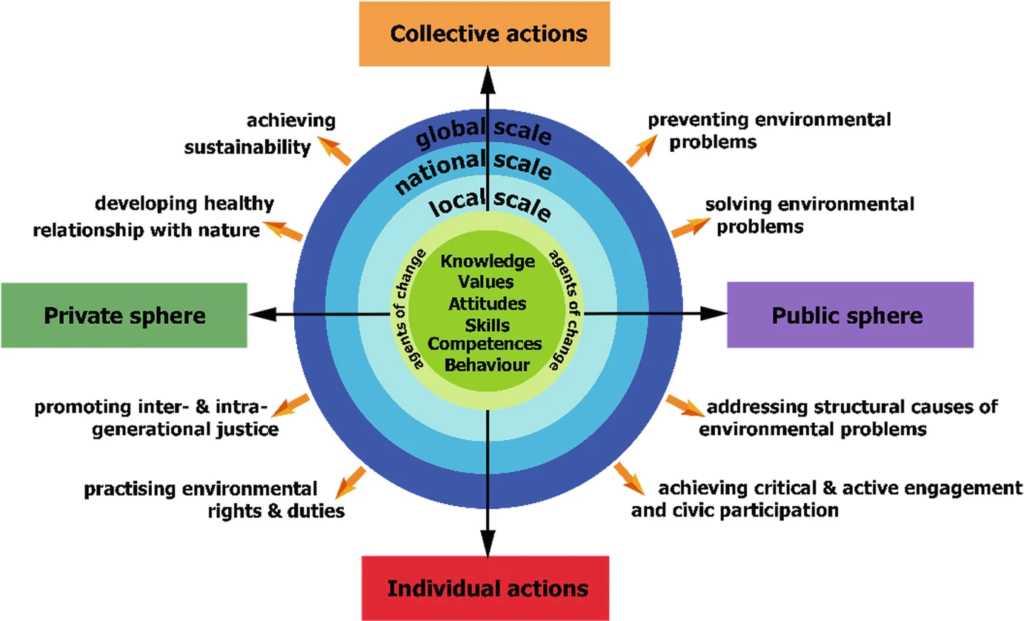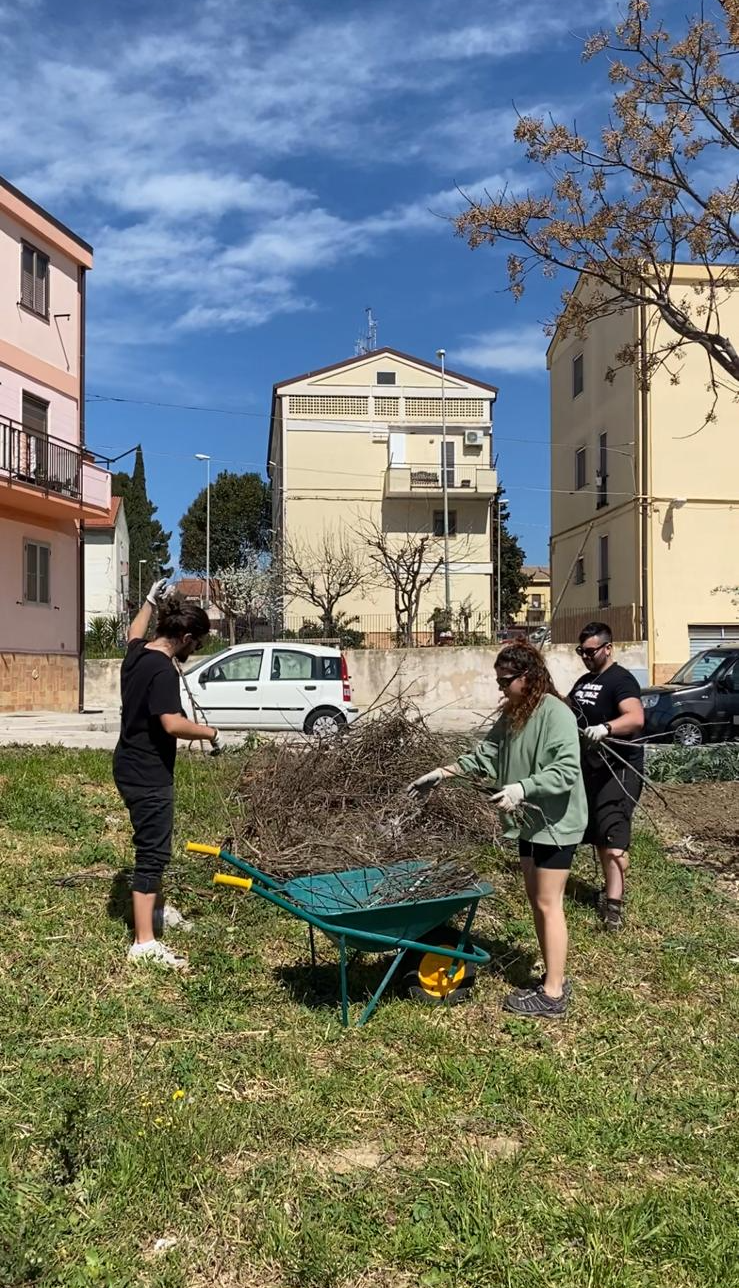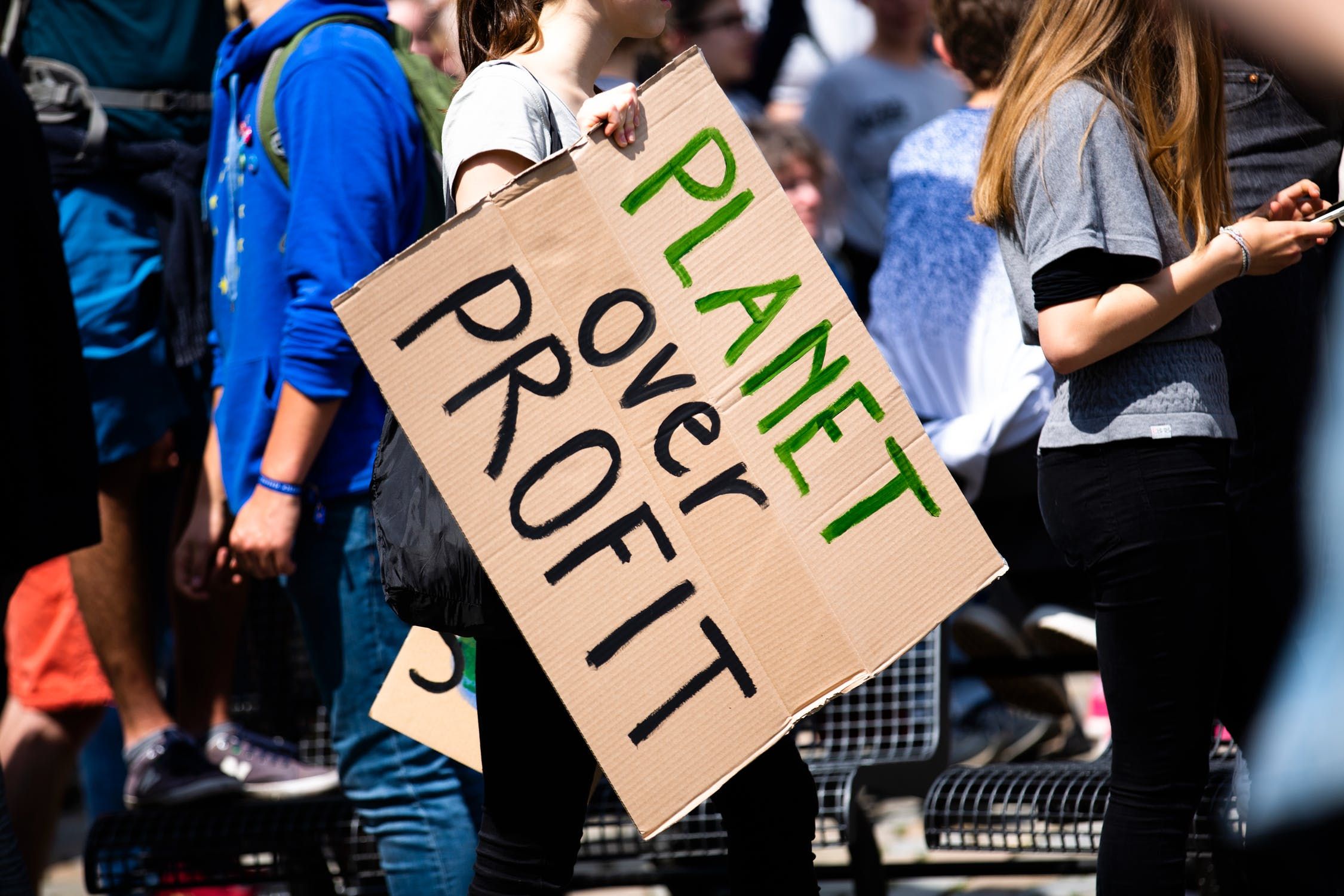Combating Climate Change Through Art – The Power of Creative Expression
Introduction:
What is climate change?
Climate change stands as one of the most urgent and far-reaching global challenges we face today, casting profound impacts upon the natural world, economies, and societies alike. According to United Nation’s official webpage, climate change encompasses prolonged alterations in temperature and weather patterns. These alterations may arise from natural factors such as fluctuations in solar activity or significant volcanic eruptions. However, since the 1800s, human activities have emerged as the principal catalyst of climate change, predominantly resulting from the combustion of fossil fuels such as coal, oil, and gas. Extensive research by climate scientists has unequivocally demonstrated that human actions are the primary driver of nearly all global warming observed over the past two centuries. It’s time to take matters into our own hands and do something to lead a sustainable lifestyle and live in harmony with nature, thereby preventing climate change. To address this crisis effectively, we must engage people on a deeply emotional level, and one powerful tool for achieving this connection is art. Art transcends language and cultural barriers, making it an ideal medium to raise awareness, inspire action, and foster a sense of responsibility toward our planet.
The Emotional Impact of Art:
Art has a unique ability to evoke emotions and convey complex messages in ways that statistics and scientific reports cannot. By art we consider everything that helps us express ourselves as individuals and thus contribute to our community and environment. Whether it’s painting, photography, sculpture, or fashion, art touches the deepest parts of us and has a significant impact in today’s world.
Raising awarness:
Art can play a big role in raising awareness about climate change and its effects. With their artworks, artists can visually present the current situation and problems the world is facing, thereby introducing and raising people’s awareness of climate change. The resulting artworks remain as a constant reminder of the urgent need for action. Art exhibitions, installations, and performances can create a space and environment in which people from various backgrounds come together and share their perspectives, engage in conversations about climate change, its impacts on our lives and the environment, and through these conversations, people gain new knowledge, ideas, and solutions for addressing the climate change related issues.
Education and Empowerment:
Art can be a tool for educating, raising awareness, and empowering people from a young age about climate change and sustainable living. This way, we can create younger generations who are aware of climate change and sustainable living, and will continue to pass on their knowledge to others. Children and adults can learn how to be creative, create art using recycled materials, keep planet earth clean and contribute to the environment and a sustainable lifestyle.
Conclusion:
In the fight against climate change, art is a powerful weapon that transcends language barriers, evokes emotions, raises awareness about the issue, and provides ideas on how to effectively address the problem. By using art as a medium and encouraging artists and people to participate in the creation of climate change-related art, to use recycled and eco-friendly materials, to leave a lasting mark we call artwork, they leave behind a permanent reminder of the issue we have faced and the problem that has been successfully resolved.
References and Related Articles:
What is climate change? United Nations, Available at: https://www.un.org/en/climatechange/what-is-climate-change (Accessed: 06 September 2023).
Home – climate change: Vital signs of the planet (2023) NASA. Available at: https://climate.nasa.gov/ (Accessed: 06 September 2023).
